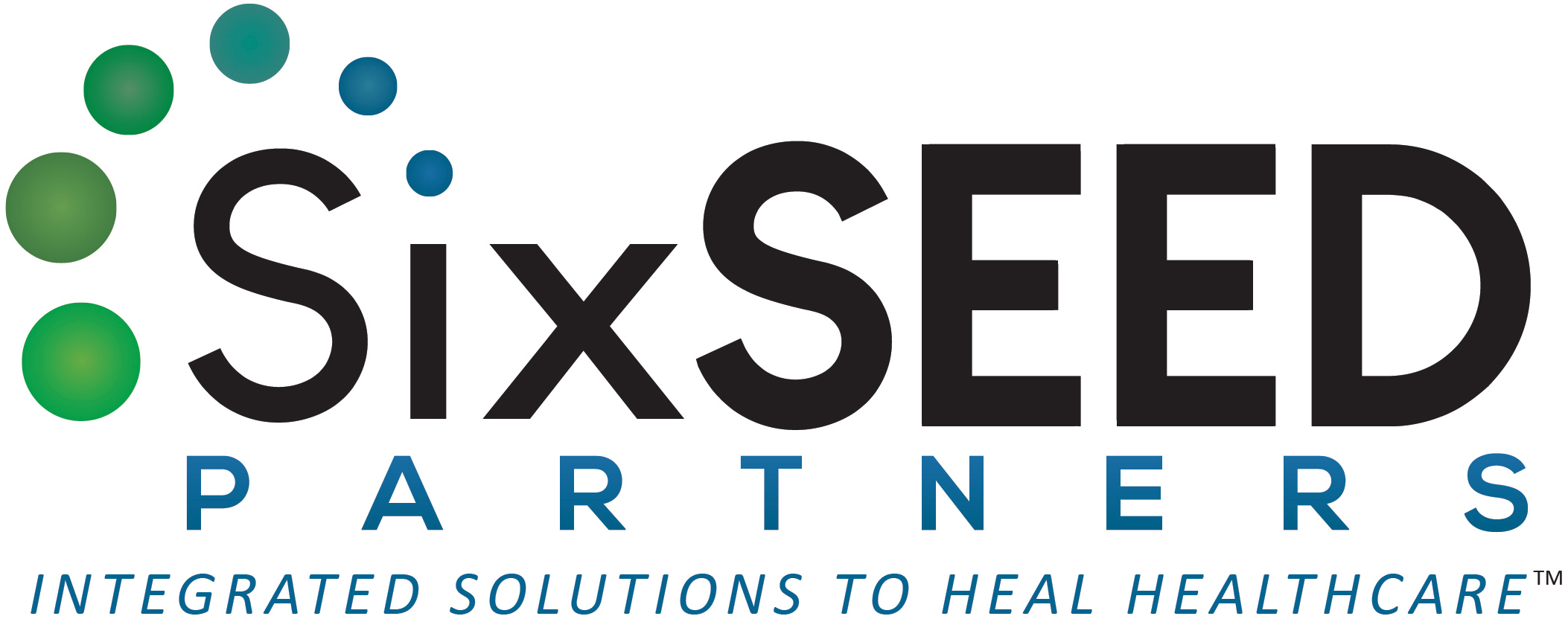By: Joy W. Goldman RN, MS, PCC, CEO, SixSEED Partners
Background:
The Institute for Healthcare Improvement (IHI) has, as one of their initiatives, “Improving Joy at Work.” In their 2017 whitepaper on their “Framework for Improving Joy at Work,” Balik, Swensen et al quote Maureen Bisognano as saying: “You can’t give what you don’t have.” On the heels of the beginning emergence from the pandemic, Dr. Larry McEvoy, CEO of Epidemic Leadership and I partnered with Physician and Nurse Executives at WellSpan Health to design and teach polarity thinking to forty clinical leaders in their nursing and physician leadership academies. We used the context of measuring two tensions: care for self and care for others, and continuity and transformation to illustrate the power of both/and thinking as a supplement to traditional problem-oriented thinking. Our goal in working with the leaders was to help cultivate a more sustainable and impactful way to address complex, individual, team, and systemic challenges, with less wear and tear on individuals, thus contributing to improving “joy at work” (no pun intended).
The Strategy:
We were hoping that the pandemic recovery would allow us to gather the forty leaders in person yet, two weeks before our delivery date, there remained concern about social distancing and covid transmission so we adapted to a virtual gathering. We met with the nurse and physician executive sponsors several times to discuss real tensions within the group and the system and decided to focus on the above polarities of Continuity & Transformation and Care for Self & Care for Others. We wanted to provide validation through data for what these clinician leaders were experiencing while also providing a structure that supported their expanding perspectives and learning from each other.
The Solution:
Dr. McEvoy and Ms. Goldman designed and administered a polarity assessment measuring the degree to which the participants felt they were leveraging the above -named tensions. We presented a half-day workshop that integrated content that differentiated problem-solving with either/ or solutions from polarities which required both/and thinking. We intentionally mixed nurse and physician leaders during breakout sessions; and we used whole-brain and somatic learning with liberating structures that demonstrated the power of using their peers as internal consultants while also hardwiring the learning.
The Impact:
Some tensions identified by these forty clinical leaders included:
- System decisions being made without the input of the stakeholders whom they effect
- Being burdened by administrative tasks that take us away from patient care
- Conflicting messages; do more with less while also making self-care a priority. Decisions being made without stakeholder involvement.
We presented their data to them and demonstrated the ability to filter the data by relevant demographics: in the case below, we were curious to see if there were differences between care for self and care for others between nurse and physician leaders. As the below illustrates, all leaders were experiencing the downside of overdoing care for others, however nurse leaders were in the danger zone for all three markers. This data served as powerful fodder as Dr. McEvoy facilitated the group through three rounds of Troika Consulting (Liberating Structure). The group unanimously felt that the eight-minute exercise and process provided valuable feedback from their peers for ways they might individually better leverage “care for self” in themselves and in those they lead.
If you’d like to offer something like this with your physician and nurse leaders, please reach out and let us know at info@sixseedpartners.com or by commenting.
